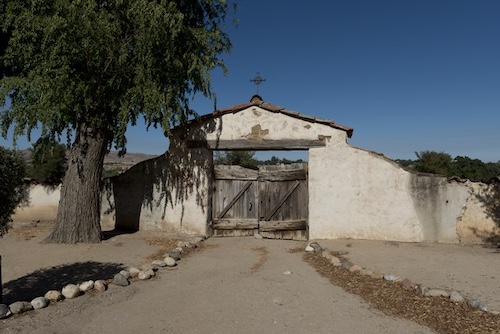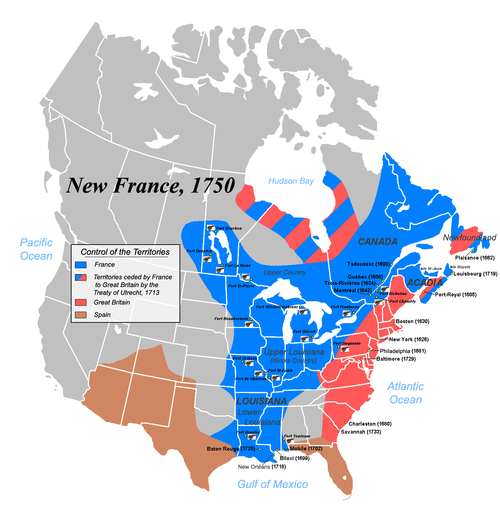In the 15th and 16th centuries, several European countries began exploring and establishing colonies in the Americas. These countries wanted to find new trade routes, gain wealth, and spread their cultures and religions. Spain, France, and the Netherlands each had different goals and methods for colonization, which influenced how they built their settlements and how they treated the Indigenous people already living there.
Spain was one of the first countries to colonize the Americas. Spanish explorers claimed land in what is now Mexico, Central America, and the southwestern United States. Spain’s main goal was to find gold and riches, but they also wanted to spread Christianity. They built missions, or religious communities run by priests, in areas like Texas, New Mexico, and California. These missions were places where priests worked to convert Indigenous people and taught them European farming methods and customs. The Catholic Church supported the Spanish government and helped Spain control these regions and promote religious goals.

Spanish colonization also brought violence and hardship to Indigenous people. The Spanish forced many into labor and required them to work on farms and in mines. Spain’s goals of wealth and religious spread shaped their relationships with Indigenous peoples.
France had a different strategy for colonization. Rather than creating many large colonies, they focused on economic activities, especially the fur trade. French explorers claimed a large area called New France, which included parts of present-day Canada and the central United States. The French formed trade alliances with Indigenous groups, exchanging goods for valuable animal furs
Because their main interest was trade, the population of New France remained small. Most French colonists who came to the Americas were traders, missionaries, or soldiers rather than farmers. The French built forts and trading posts to support their economy and defend their territory. The beneficial relationships they had with some Indigenous groups helped them keep control of their land.

The Netherlands also took part in colonization efforts in North America. The Dutch established the colony of New Netherland in the early 1600s in what is now New York. Like France, the Dutch wanted to profit from the fur trade and formed trade alliances with Indigenous groups to support this goal.
Another Dutch colony, New Amsterdam, became an important trading hub. Although some Dutch farmers and merchants settled in the colony, most people remained in the Netherlands, and the colony grew slowly. In 1664, the English took control of New Netherland and renamed it New York, ending Dutch rule in the area.
Each country’s goals shaped how they built their colonies and interacted with Indigenous people. Their different approaches to wealth, religion, and trade left lasting effects on the history of North America.
